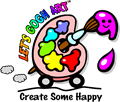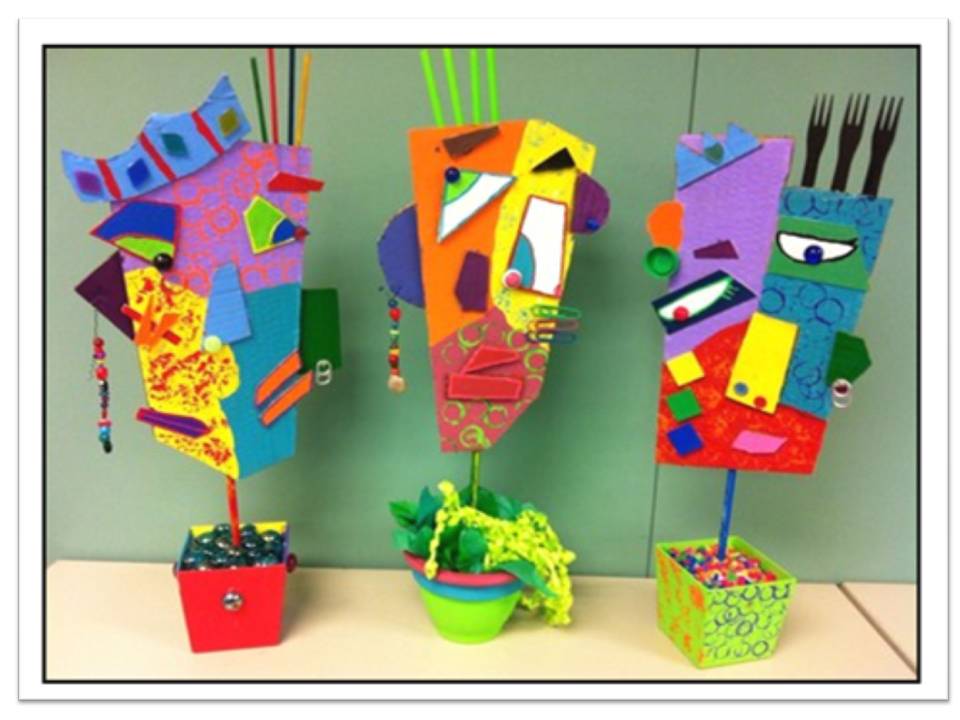Exploring through Art, Learning through Play
We have talked to many parents and have been mutually shocked when we hear that more emphasis is being put on learning through textbooks in elementary schools and less on learning through play. In many school districts, recess for Kindergartners has been cut down to less than 15 minutes. Can you imagine? Having only 15 minutes from your work schedule to relax and let loose a little? There are laws that protect this monotonous, rigorous work schedule for adults. But more and more, it seems like the needed play time for our children is being compromised for the academic push of intellectual superiority.
But what some educational “experts” seem to forget is that learning through play is the way, well, children learn! Play is not something that is merely for entertainment purposes. Play is when children are able to use their hands to manipulate (as young as infancy) different objects to see if they’re soft, hard, if they make a noise and so on. In Kindergarten, play is when children learn about the environment around them and, even more importantly, learn the social skills that they’ll need throughout life, such as compromising and teamwork. Did Jasmine want to play with the dolls instead of blocks? Well, how about we build a house out of the blocks and the dolls can live inside? You know what else the children have learned in that scenario? How to build, how to create and which blocks can be put where to create a building, they have used simple spatial math and architectural skills as well. Play is not just a time to unwind and relax, but for children, and adults too, it is a time to strengthen the body and mind.
The next topic that some educational “experts” seem to miss is the importance of art in our children’s education. Too often, we hear about art programs being cut back to make way for science and math. But, in a previous blog, we wrote about the power of interdisciplinary subjects, using art to strengthen and bolster the core subjects, such as math, science and history. By doing this, students are evaluated through a different medium, because, let’s face it, not everyone can write an essay to show their mastering of a topic or find the right word from the word bank to fill in the blank. But, through the arts, teachers have another tool to evaluate students. For example, dramatic arts is a great tool to see if students understood the essence of a topic. When studying a historical figure, what a great way to show you understood the historical figure then by creating a play about “A Day in the Life of…”? We encourage this pedagogy through our Let’s Gogh Dance and Let’s Gogh Drama programs. We sincerely believe, and have seen, how integrating the arts into other subject’s curriculums helps to boost learning and the retention of facts of our young artists.
Far too often, in our educational system, the arts and play time are pushed aside for more rigorous forms of evaluation. Some kids shine and are able to adapt to these forms, but far too often, many children are not. Instead of sticking to a system that benefits some students, wouldn’t it be best to have a multi evaluation system, so that students are able to shine through the medium that helps them to express their thoughts.

